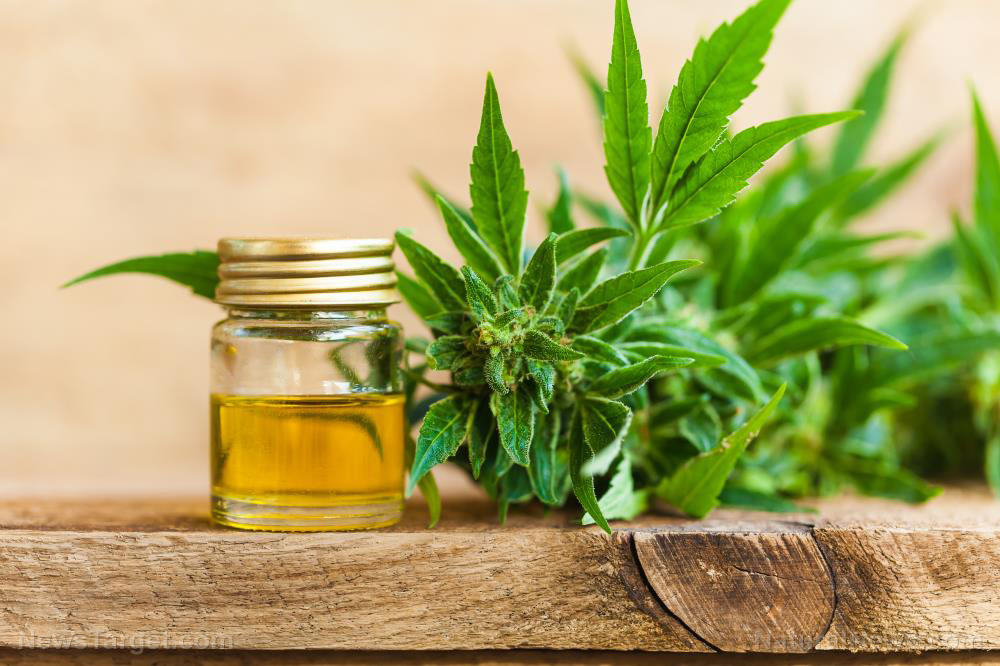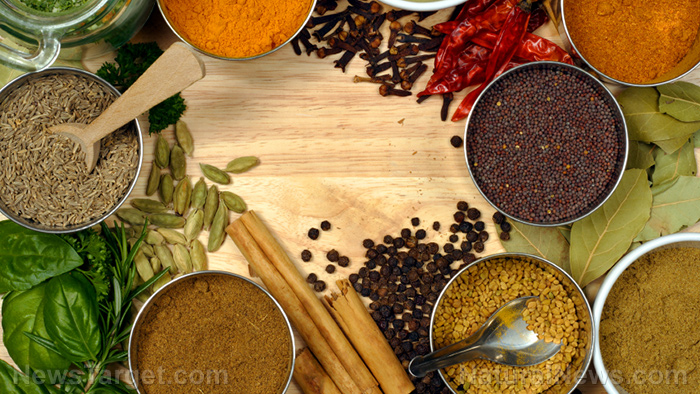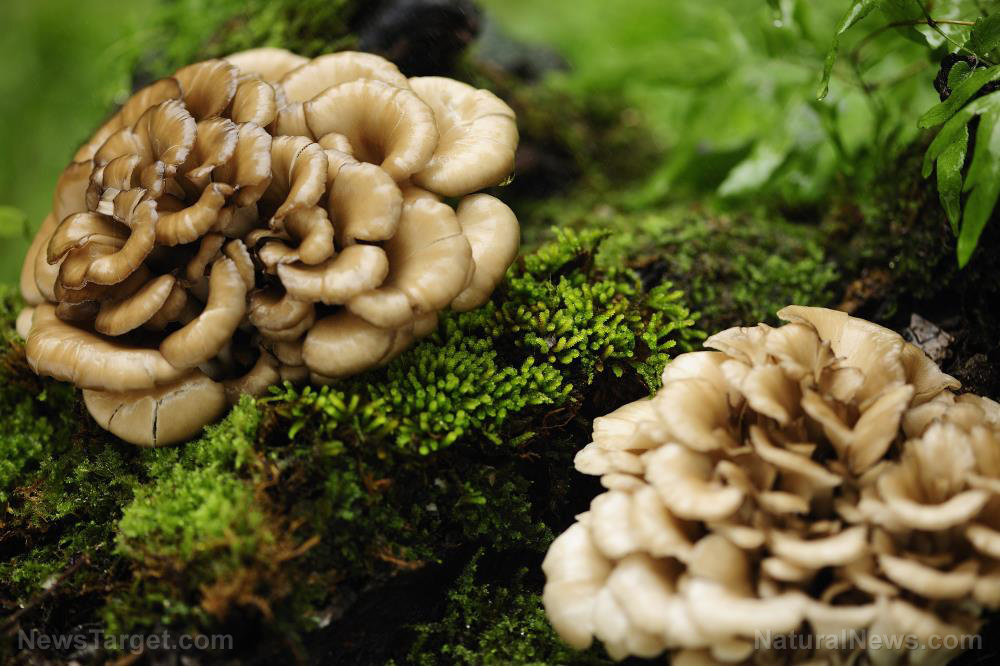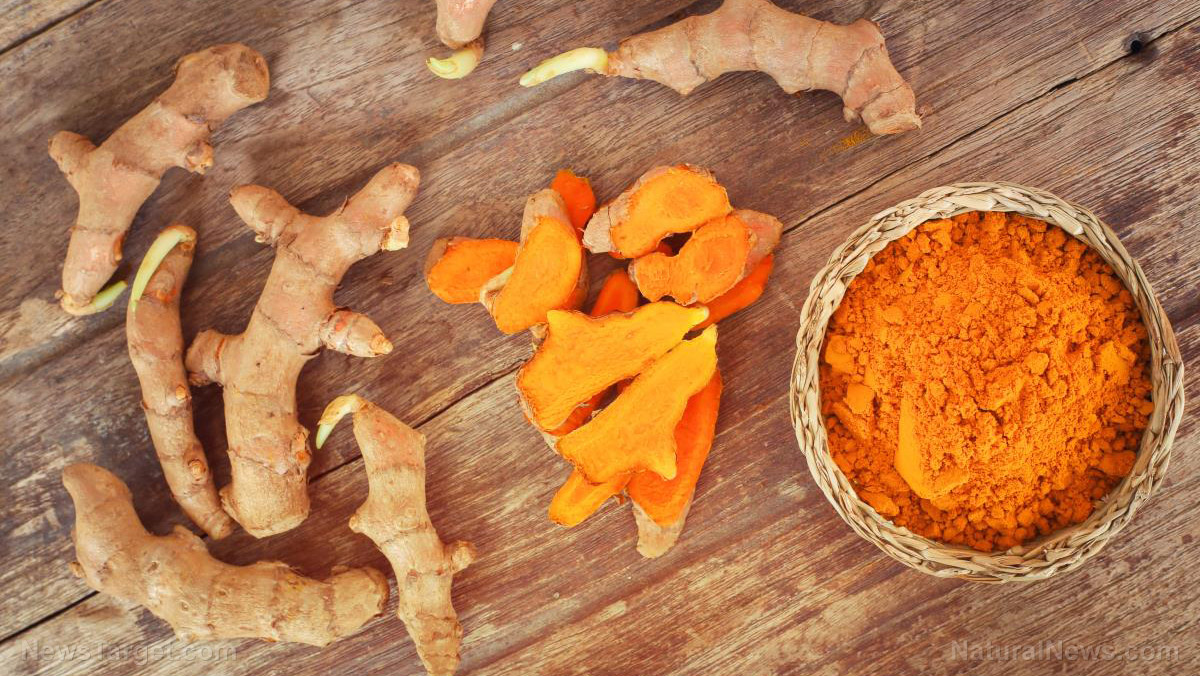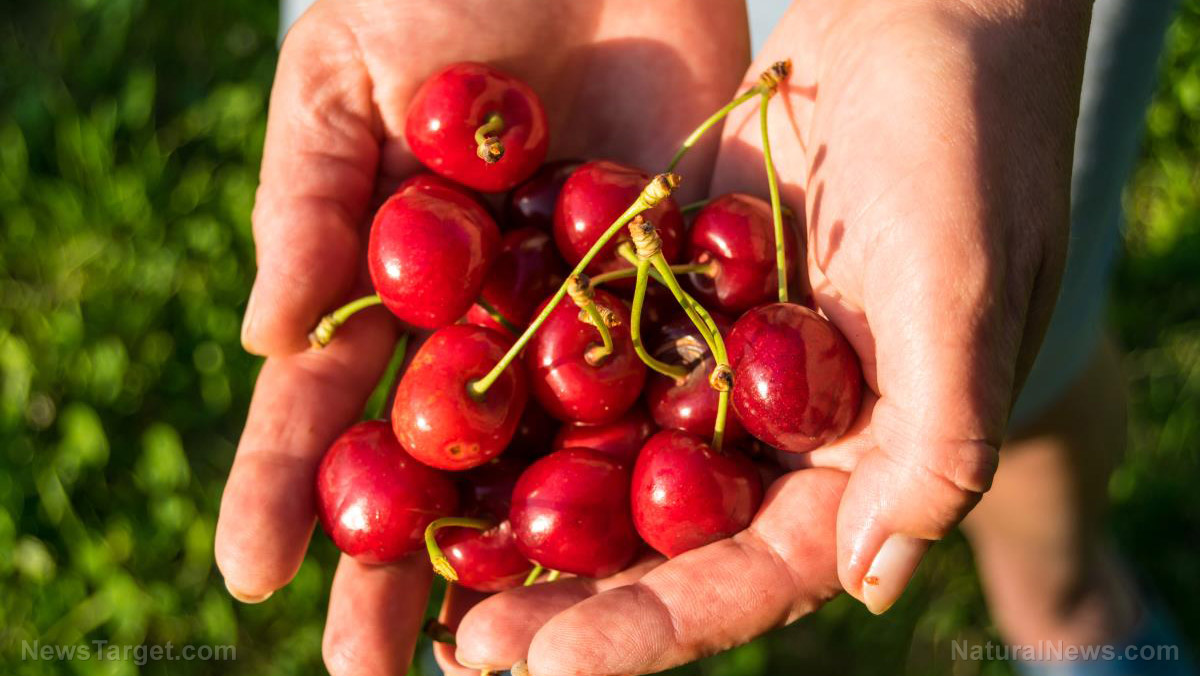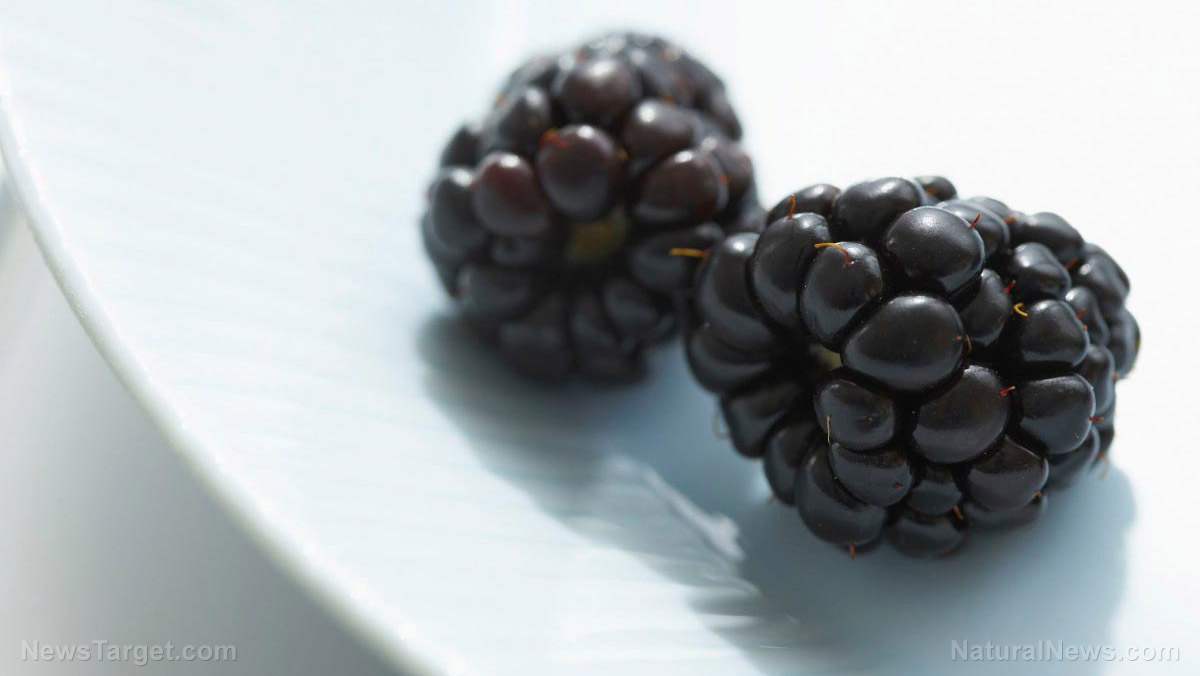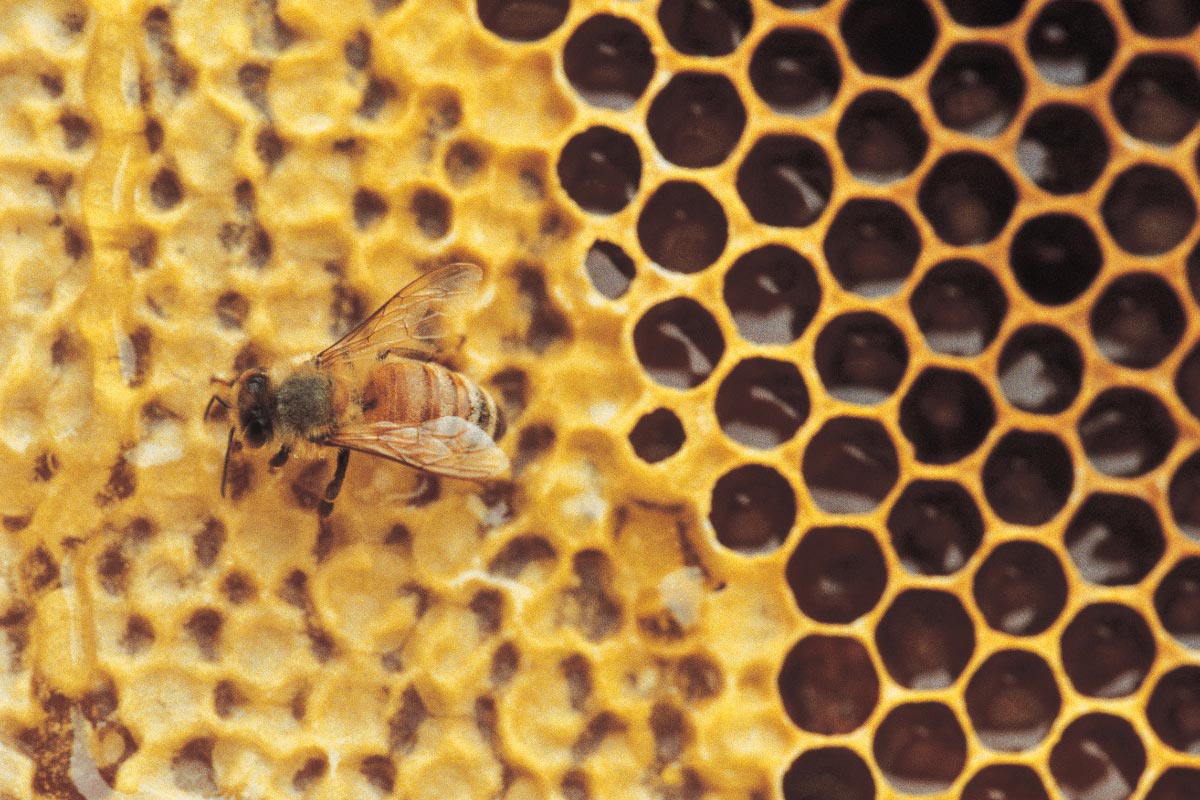The gut-healing wonder drink: How to make your own water kefir
07/21/2020 / By Zoey Sky
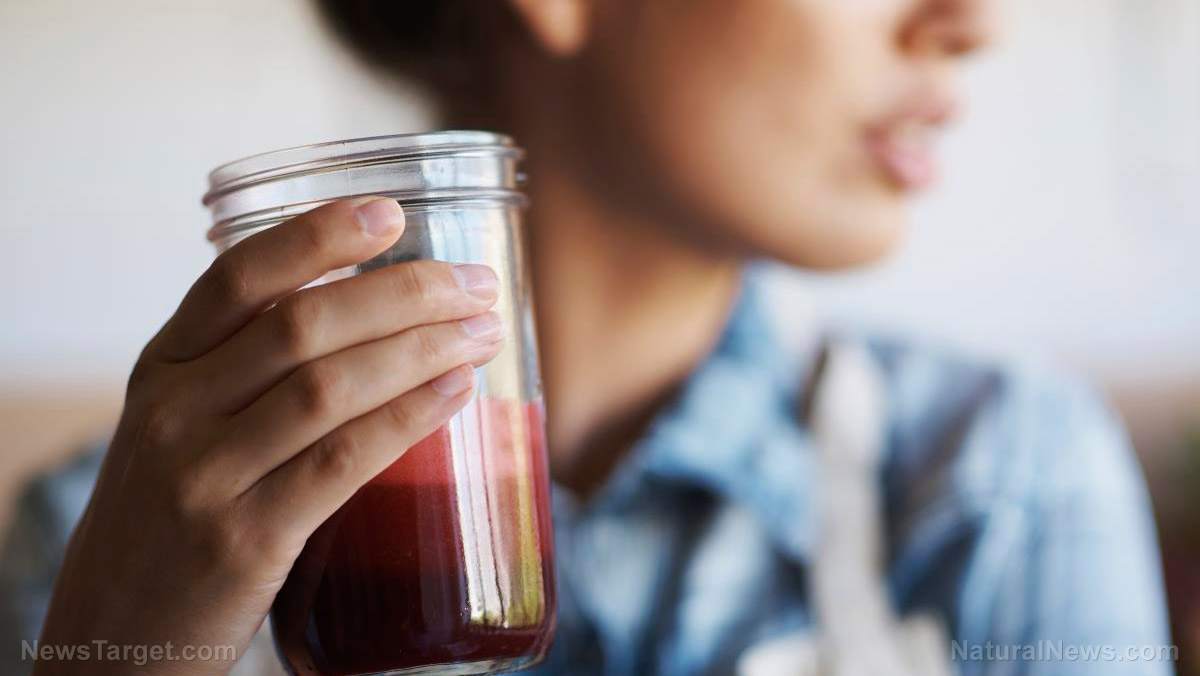
Kombucha is a popular health drink, but it may put people off because of its intense vinegary smell. If you’re looking for a gut health-boosting drink that’s easier on the stomach, try water kefir.
Kombucha and water kefir: What’s the difference?
Both kombucha and water kefir are fermented drinks that can be brewed at home and infused with different natural flavors, but water kefir is made using a different process that gives it several advantages over the more popular kombucha.
Kombucha is fermented black, green or white tea, which means it contains caffeine. One-third to one-half of the caffeine content of the tea used to make kombucha is left in the final product after fermentation. So if you consume a lot of kombucha in one day, your caffeine intake will go up.
Additionally, kombucha contains trace amounts of alcohol. Kombucha is required by law to be less than 0.5 percent for bottles distributed nationally, but the beverage might not suit anyone who’s avoiding alcoholic drinks.
On the other hand, water kefir is fermented with sugar water, juice or coconut water, meaning this beverage is caffeine-free. Unlike kombucha, water kefir is also alcohol-free.
Water kefir is full of probiotics, which are “good” bacteria that help keep your gut healthy. Probiotics are essential for your overall well-being as they help prevent diseases and strengthen your immune system.
Yogurt is a popular probiotic-rich food, but kefir is a better source of probiotics, since it provides a diverse range of bacteria and yeast. Some studies suggest that kefir contains up to 56 different bacterial and yeast strains.
How is water kefir made?
Water kefir is made using kefir “grains,” which are small bacteria and yeast clusters with a grain-like appearance. The same kefir grains are used to ferment milk kefir, which can also be bought in grocery stores. Milk kefir has a consistency similar to buttermilk.
To make water kefir, submerge kefir grains in a sugary liquid. Set it aside to ferment for 24 to 48 hours. Once the water kefir is done, you can strain out the grains and reuse them indefinitely. (Related: From kimchi to kefir, these are the best anti-aging foods you’ll find anywhere.)
Water kefir is a fermented liquid full of beneficial bacteria like Acetobacter fabarum, Bifidobacterium psychraerophilum, Lactobacillus casei, Lactobacillus nagelii and Leuconostoc mesenteroides.
To make water kefir that tastes more like soda, do a second ferment and add different types of flavorings, such as:
- Celery juice to make celery soda
- Frozen fruit
- Fruit juice (e.g., grape juice to make grape soda)
- Mint leaves to make a refreshing drink
- Vanilla extract to make cream soda
The sugar content of water kefir
While water kefir contains sugar, it’s not as bad for your health as soda.
You need a sugar-filled beverage to make water kefir, but the sugar is meant to be consumed by fermentative bacteria. After fermentation, not much sugar is left in the final product.
To make water kefir with less sugar, extend the fermentation time to at least 48 hours. This will give the bacteria more time to do their job.
Alternatively, you can do a second ferment with fruit juice to make a sweeter water kefir.
DIY water kefir
To make water kefir at home, follow the recipe below. You’ll need to purchase water kefir grains online.
Ingredients:
- 4 Cups of room temperature water or fruit juice
- 1/4 Cup sugar (You don’t need sugar if you’re using fruit juice)
- 1/4 Cup water kefir grains
Tools:
- A fine-mesh strainer
- A large jar
- A thin kitchen cloth
Preparation:
- Fill a half-gallon jar with four cups of room temperature water. Stir in 1/4 cup of sugar until it dissolves. Skip the sugar if you’re using four cups of fruit juice.
- Add the kefir grains and cover the mixture loosely with a lid or a thin kitchen cloth.
- Let the mixture sit at room temperature for 24 to 48 hours.
- Use the fine-mesh strainer to remove the grains from the fermented liquid. You can reuse the grains to make another batch.
- Drink the water kefir as is or store it in a large jar. You can also do a second ferment if you want to add more flavor and make the beverage fuzzier.
When doing a second ferment, pour the strained liquid into a jar with your choice of add-ons (e.g., fresh muddled fruit, herbs, juice or vanilla extract). Cover the jar with the second ferment tightly with a metal lid.
Set the second ferment aside on your kitchen counter for 24 hours. Unscrew the lid to “burp” the jar several times a day. When the liquid from the second ferment is fizzy, refrigerate the drink before serving.
Make water kefir at home and enjoy a delicious gut-health boosting beverage full of probiotics and natural ingredients.
Sources include:
Tagged Under: food cures, food is medicine, gut health, ingredients, kefir, kefir grains, milk kefir, natural health, nutrition, probiotics, recipes, sugar water, water kefir
RECENT NEWS & ARTICLES
COPYRIGHT © 2017 ALTERNATIVE MEDICINE NEWS

